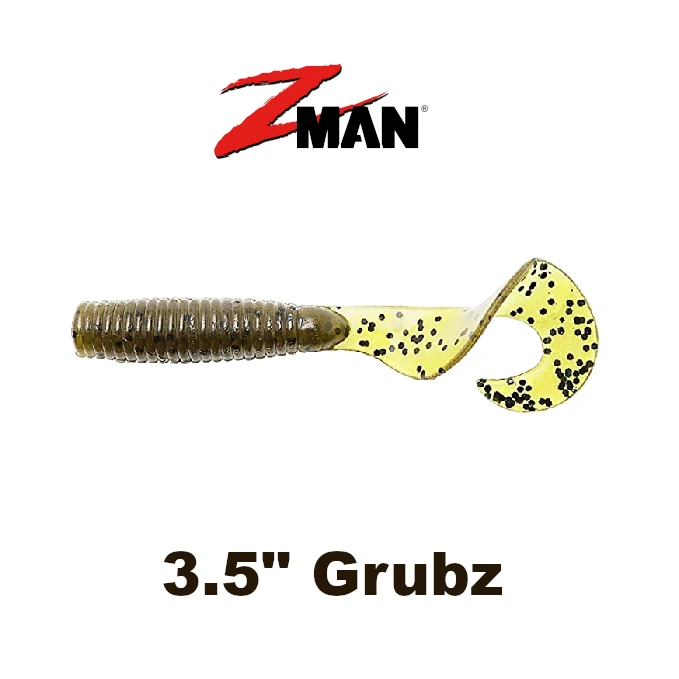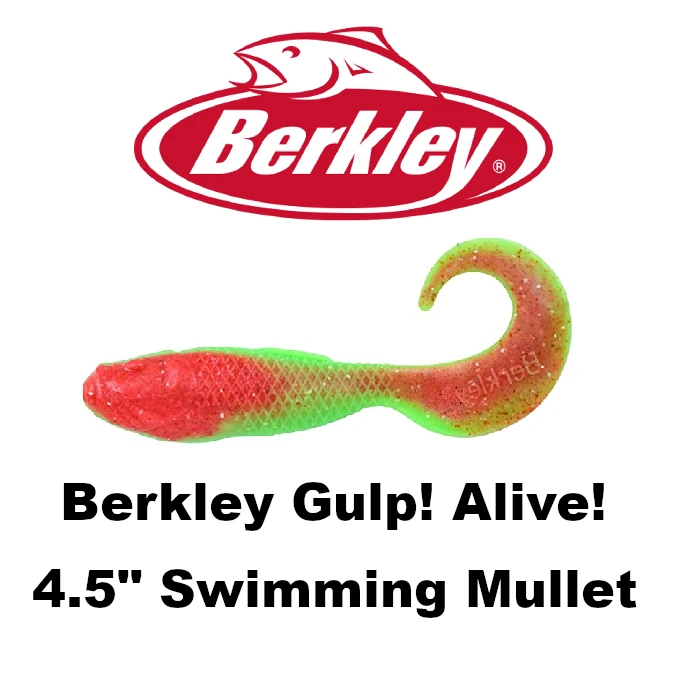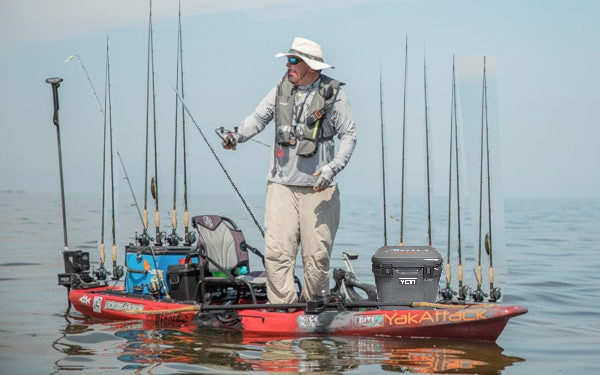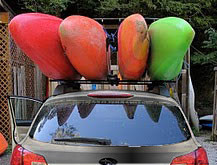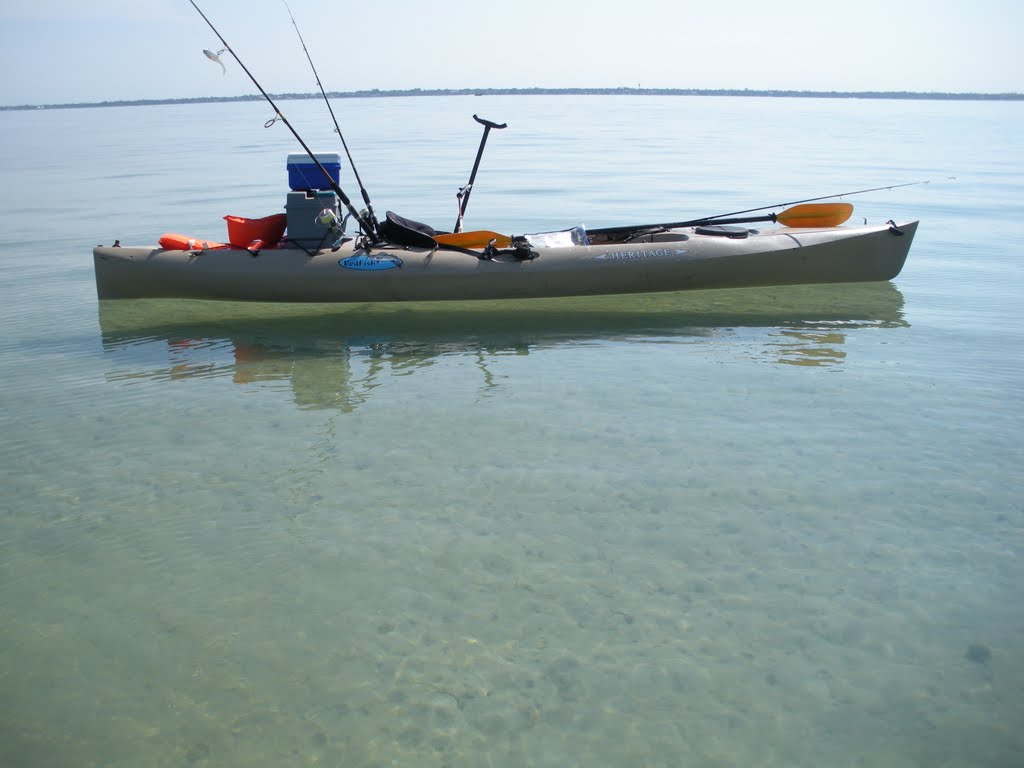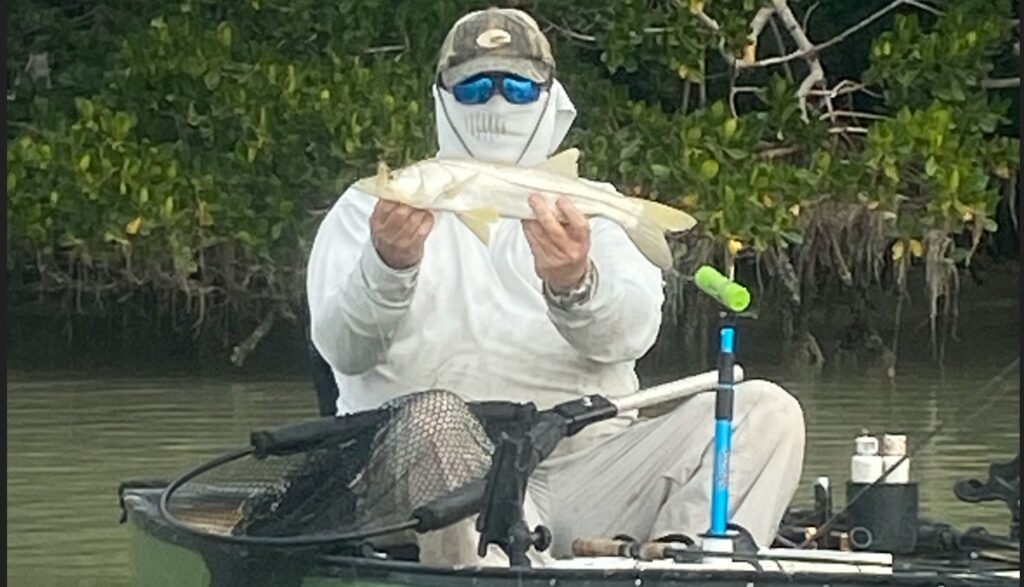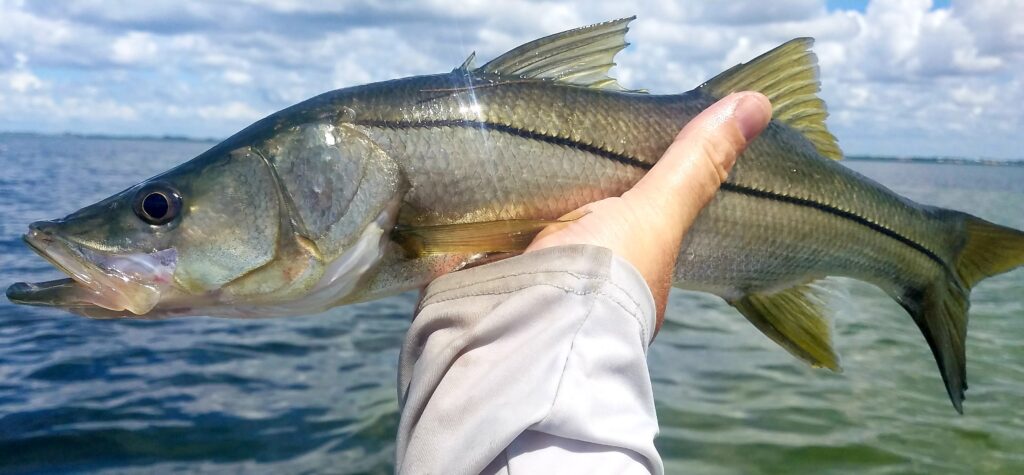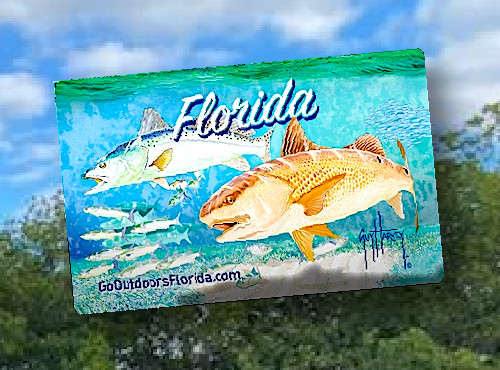How to Fish with Grubs: Tips and Techniques for Successful Fishing
Introduction: Grubs are versatile and effective soft plastic baits that have become a staple in the arsenal of many anglers. These baitfish imitations can attract a wide range of game fish, making them a go-to choice for both freshwater and saltwater fishing. In this blog post, we will explore the ins and outs of fishing with grubs and provide you with valuable tips and techniques to enhance your success on the water.
Understanding Grubs
Grubs are soft plastic baits designed to mimic small baitfish or larvae. They typically feature a slender, elongated body with a tapering tail, resembling the natural profile of many forage species. Thes baits are available in various sizes, colors, and tail designs, allowing anglers to match the local baitfish and elicit strikes from their target species.
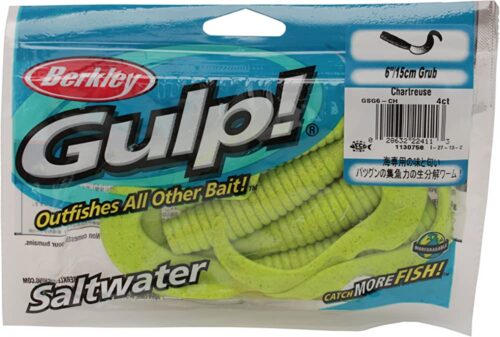
Rigging Options
- Jighead: The most common and versatile way to rig grubs is by using a jighead. Choose a jighead weight that matches the depth and current conditions you’ll be fishing in. Thread the grub onto the jighead, ensuring it sits straight and securely.
- Texas Rig: The Texas rig is another effective method for fishing grubs. Insert a bullet-style weight onto your line, tie a hook (typically an offset worm hook) and bury it into the grub’s body, leaving the hook point exposed. This rig allows for weedless presentations, making it ideal for fishing in heavy cover.
Retrieve Techniques for Grubs
- Slow and Steady: A slow and steady retrieve is often effective. This presentation imitates the natural movement of injured or lethargic baitfish, making it irresistible to predatory fish. Maintain a consistent retrieve speed, occasionally imparting subtle twitches or pauses to add extra action.
- Hopping and Jigging: Another technique is to hop or jig the grub along the bottom. Lift your rod tip and let the bait fall back to the bottom, mimicking the movement of a struggling or fleeing prey. This method can be particularly effective when targeting bottom-dwelling species like walleye or bass.
Location and Presentation
- Structure and Cover: These baits excel when fished around structure and cover such as submerged rocks, weed beds, fallen trees, or dock pilings. Cast your grub near these areas and work it along the edges, allowing it to mimic a vulnerable baitfish seeking refuge or foraging for food.
- Depth Considerations: Adjust the weight of your rig or the size of the grub to fish at different depths. Experiment with different retrieves to find the depth where the fish are most active.
- Drop-offs and Currents: Grubs can be highly effective near drop-offs or in areas with mild currents. Position yourself upstream and allow the grub to drift naturally with the current, imitating a baitfish being carried by the water flow.
Grub Color Selection
The color of the grub should match the prevalent forage in your fishing area. Natural colors like shad, silver, or white work well in clear water, while darker colors like black or purple can be effective in stained or murky water. Consider the water clarity and the preferences of your target species when selecting grub colors.
Experimentation and Adaptation
As with any fishing technique, experimentation is key. If you’re not getting bites, try different retrieves, depths, or colors until you find what works best on a given day. Pay attention to the fish’s response and adapt your presentation accordingly.
Conclusion
Fishing with grubs is a rewarding and productive technique for anglers targeting a variety of game fish. By understanding the characteristics of grubs, selecting the right rigging options, employing
YAKFISHIN365 RECOMMENDED
Additional Reading: How to Compare Fishing Kayaks

